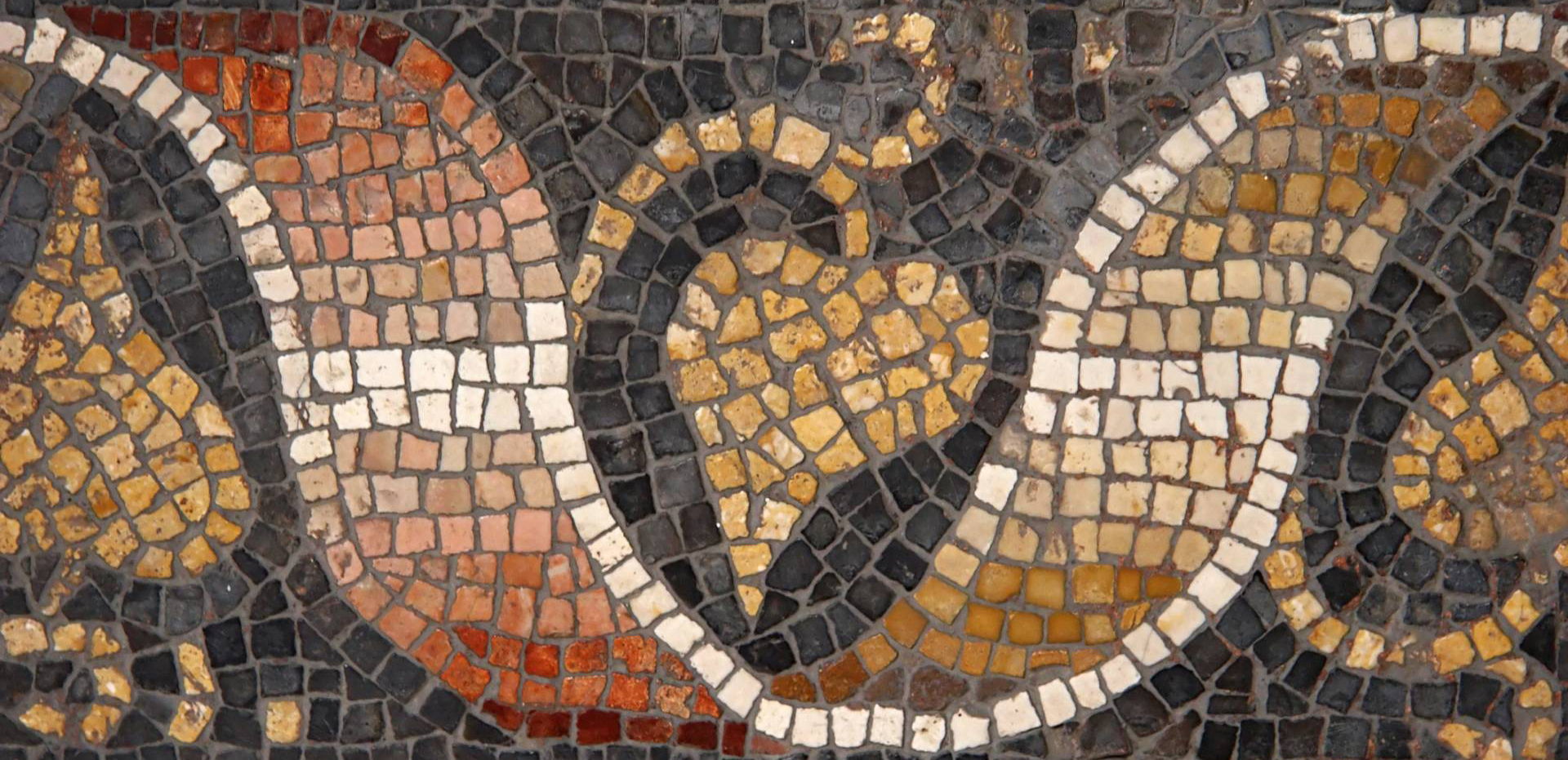SOMMARIO:
A. EVENTI
1. EXHIBITION: “KYPRIAKO TO TROPO / MANIERA CYPRIA: CYPRIOT PAINTING OF THE 13TH CENTURY BETWEEN THE WORLDS” (NICOSIA, 19.01-31.07.2017)
2. MOSTRA: “SIENA DAL ‘200 AL ‘400. LA COLLEZIONE SALINI” (SIENA, 15.06-15.09.2017)
3. CONFERENZA: “POENA AUT VENIA? L’ATTEGGIAMENTO VERSO L’EMIGRAZIONE A ROMA, A BISANZIO E OLTRE” (ROMA, 23.06.2017)
4. WORKSHOP: “NUOVE RICERCHE SU OSTIA TARDO ANTICA” (ROMA, 07.07.2017)
5. PRESENTAZIONE DELL'”ITINERARIO BIZANTINO DELLA VALLE ALCANTARA / ITINERARIUM BYZANTINUM ASSINI VALLIS” (MOTTA CAMASTRA [ME], 15.07.2017)
6. 16. INTERDISZIPLINAERE SOMMERAKADEMIE: “DIE KREUZZUEGE DES MITTELALTERS IN INTERDISZIPLINAERER PERSPEKTIVE” (MUENCHEN, 11-15.09.2017; APPLICATION DEADLINE: 24.07.2017)
7. 4TH INTERNATIONAL CONFERENCE ON WATERMARKS IN DIGITAL COLLECTIONS (VIENNA, 19-20.2017): CALL FOR PAPERS (DEADLINE: 31.08.2017)
8. INTERDISZIPLINAERE GRADUIERTENTAGUNG: “DAS BUCH ALS MEDIUM: MITTELALTERLICHE HANDSCHRIFTEN UND IHRE FUNKTIONEN” (WIEN, 01-02.09.2017)
9. 4TH INTERNATIONAL CONFERENCE: “NONNUS OF PANOPOLIS IN CONTEXT: POETRY AT THE CROSSROADS” (GHENT, 19-21.04.2017): CALL FOR PAPERS (DEADLINE: 01.10.2017)
10. 12TH INTERNATIONAL CONGRESS OF SOUTH-EAST EUROPEAN STUDIES: “POLITICAL, SOCIAL AND RELIGIOUS DYNAMICS IN THE SOUTH-EAST EUROPE” (BUCHAREST, 02-07.09.2019): CALL FOR PAPERS (DEADLINE: 20.12.2017)
B. PUBBLICAZIONI
1. A. MELLONI, “THE GREAT COUNCILS OF THE ORTHODOX CHURCH, FROM CONSTANTINOPLE 861 TO MOSCOW 2000” (2016)
2. “COMST, COMPARATIVE ORIENTAL MANUSCRIPT STUDIES BULLETIN”, 3/1 (2017)
3. CATALOGUE OF THE EXHIBITION “BYZANTIUM THROUGH THE CENTURIES” (2017)
C. NOTIZIE
1. POST-DOC RESEARCH FELLOW AT THE NORWEGIAN INSTITUTE IN ROME, UNIVERSITY OF OSLO (APPLICATION DEADLINE: 01.09.2017)
